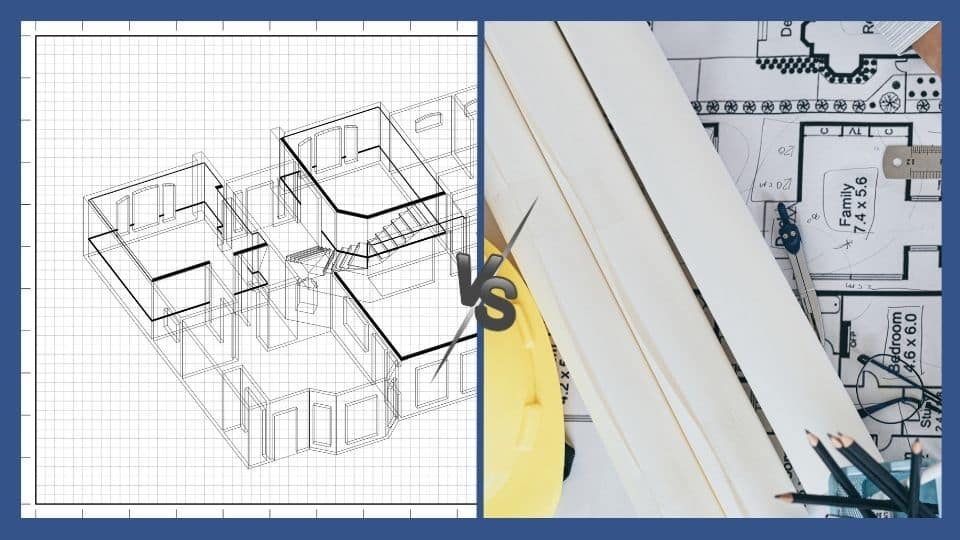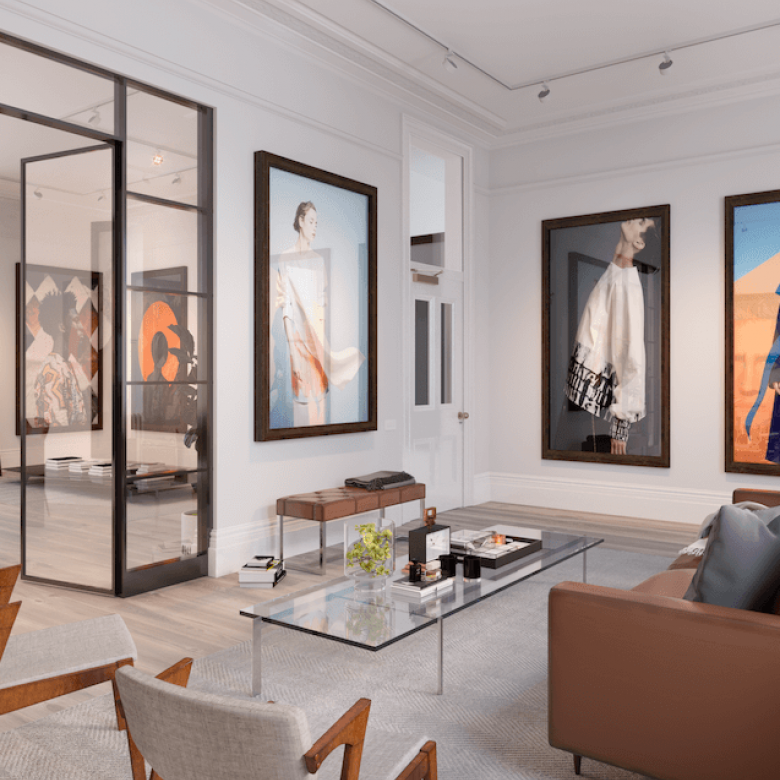Elevate Your Home with a Skilled Winchester Architect Near You
Wiki Article
The Art of Balance: Just How Interior Design and Home Engineer Collaborate for Stunning Results
In the realm of home style, striking a balance between visual appeals and performance is no small feat. This fragile equilibrium is attained through the harmonious cooperation in between interior developers and designers, each bringing their distinct expertise to the table. Stay with us as we discover the details of this joint process and its transformative influence on home layout.Comprehending the Core Differences In Between Interior Decoration and Home Design
While both Interior Design and home architecture play vital functions in creating aesthetically pleasing and functional areas, they are inherently different disciplines. Home style mainly concentrates on the architectural facets of the home, such as constructing codes, safety and security policies, and the physical building and construction of the room. It handles the 'bones' of the framework, working with spatial dimensions, load-bearing walls, and roof covering styles. On the various other hand, Interior Design is more concerned with boosting the sensory and aesthetic experience within that framework. It involves choose and organizing furnishings, picking color schemes, and integrating decorative components. While they function in tandem, their duties, duties, and locations of knowledge split considerably in the production of an unified home setting.The Synergy Between Home Design and Interior Decoration
The synergy in between home style and Interior Design hinges on a shared vision of layout and the improvement of functional appearances. When these 2 fields line up harmoniously, they can change a space from average to extraordinary. This partnership calls for a deeper understanding of each technique's principles and the capability to create a natural, aesthetically pleasing setting.Unifying Layout Vision
Merging the vision for home style and interior layout can create a harmonious living area that is both practical and visually pleasing. It advertises a collaborating approach where building components enhance interior design components and vice versa. Hence, unifying the style vision is important in blending style and interior layout for sensational results.Enhancing Useful Aesthetic Appeals
How does the harmony between home style and Interior Design boost useful aesthetic appeals? This harmony enables the development of rooms that are not just aesthetically enticing however also easily usable. Engineers prepared with their architectural layout, guaranteeing that the room is useful and reliable. The indoor developer then complements this with meticulously chosen components that boost the looks without compromising the capability. This unified cooperation can cause homes that are both liveable and beautiful. An architect may design a house with high ceilings and big home windows. The interior designer can after that accentuate these attributes with large drapes and tall plants, respectively, thus enhancing the visual allure while maintaining the practical advantages of all-natural light and spaciousness.Relevance of Partnership in Creating Balanced Spaces
The collaboration in between indoor developers and engineers is critical in creating well balanced spaces. It brings harmony in between style and architecture, bring to life spaces that are not only cosmetically pleasing however also functional. Checking out effective collaborative methods can give insights into exactly how this harmony can be efficiently attained.Balancing Design and Design
Equilibrium, an important element of both Interior Design and style, can only really be attained when these two fields operate in consistency. This harmony is not simply an aesthetic consideration; it influences the performance, resilience, and ultimately, the livability of a space. Inside designers and architects must comprehend each other's functions, value their expertise, and communicate effectively. They should take into consideration the interplay of structural aspects with design, the circulation of spaces, and the effect of light and shade. This joint procedure results in a natural, well balanced design where every component adds and has an objective to the total visual. As a result, balancing layout and design is not nearly creating attractive areas, yet about crafting areas that work seamlessly for their occupants.view publisher site
Successful Collective Methods

Case Studies: Effective Integration of Style and Style
Examining several study, it emerges just how the effective combination of Interior Design and architecture can transform a room. The Glass Residence in Connecticut, renowned for its minimalistic elegance, is one such instance. Architect Philip Johnson and indoor developer Mies van der Rohe worked together to produce an unified equilibrium between the structure and the interior, leading to a smooth flow from the outside landscape to the internal living quarters. Another prototype is the Fallingwater House in Pennsylvania. Designer Frank Lloyd Wright and interior developer Edgar Kaufmann Jr.'s joint initiatives lead to a stunningly one-of-a-kind house that mixes with its natural environments. These study highlight the extensive influence of a successful style and style cooperation.
Getting Rid Of Challenges in Design and Design Cooperation
Despite the obvious benefits of a successful collaboration in between Interior Design and style, it is not without its challenges. Interaction problems can arise, as both parties may see this make use of different terminologies, understandings, and methods in their work. This can lead to misconceptions and hold-ups in job conclusion. An additional major challenge is the balancing act of looks and functionality. Engineers may prioritize architectural stability and safety and security, while designers concentrate on convenience and style. The assimilation of these purposes can be complex. In addition, budget plan and timeline restrictions often add pressure, possibly causing breaks in the cooperation. Effective interaction, mutual understanding, and concession are crucial to get over these difficulties and achieve a unified and successful cooperation.
Future Patterns: The Evolving Partnership Between Home Architects and Inside Designers
As the world of home layout continues to evolve, so does the connection in between designers and indoor designers. The fad leans in the direction of a much more collaborative and integrated technique, breaking devoid of standard roles. Architects are no more only concentrated on structural honesty, yet also participate in improving visual allure - Winchester architect. Conversely, interior designers are embracing technical elements, influencing general design and performance. This progressing symbiosis is driven by improvements in modern technology and the growing demand for spaces that are not only visually pleasing but additionally useful and sustainable. The future guarantees a much more cohesive, innovative, and flexible technique to home style, as developers and designers remain to obscure the lines, fostering a relationship that genuinely embodies the art of equilibrium.Conclusion
The art of equilibrium in home layout is attained via the harmonious collaboration between indoor designers and architects. An understanding of each various other's techniques, effective other interaction, and shared vision are critical in producing visually stunning, functional, and welcoming spaces. In spite of obstacles, this collaboration fosters development and development in design. As the relationship in between home architects and interior developers evolves, it will certainly remain to form future fads, enhancing convenience, performance, and individual expression in our home.While both indoor style and home style play necessary functions in creating aesthetically pleasing and useful spaces, they are inherently various self-controls.The harmony in between home design and interior design exists in a common vision of style and the improvement of practical visual appeals.Merging the vision for home style and interior design can create a harmonious living area that is both practical and visually pleasing. Therefore, unifying the layout vision is critical in mixing design and indoor design for spectacular results.
Just how does the synergy in between home style and indoor style boost useful appearances? (Winchester architect)
Report this wiki page